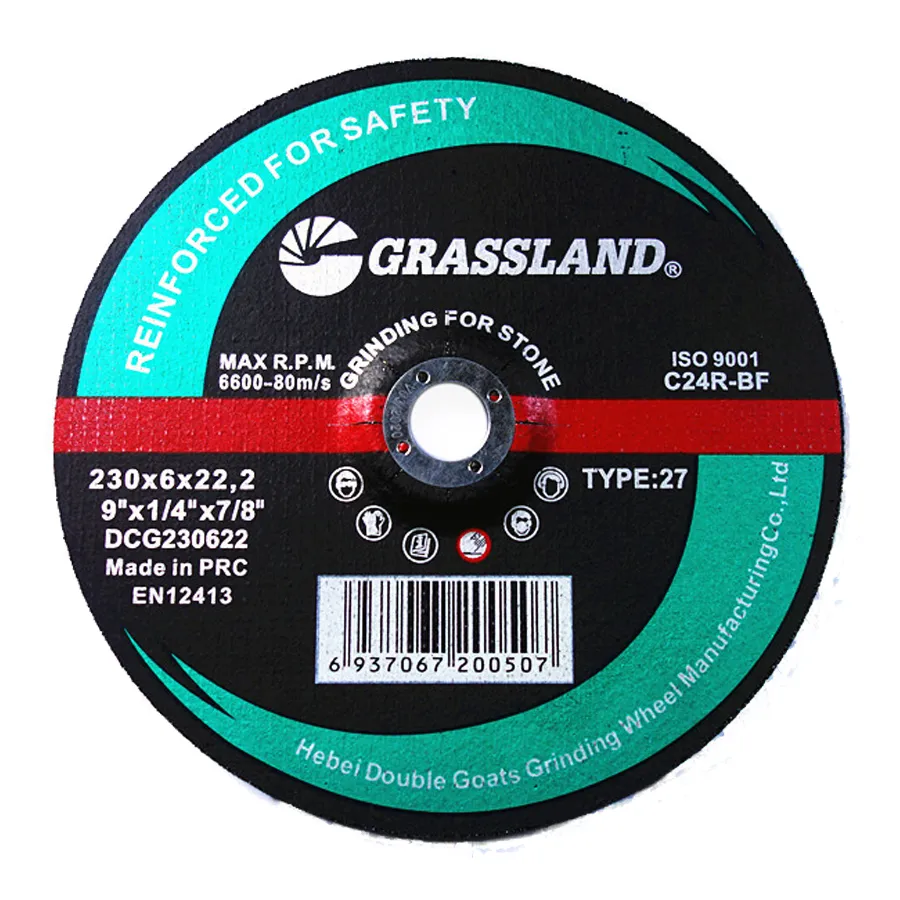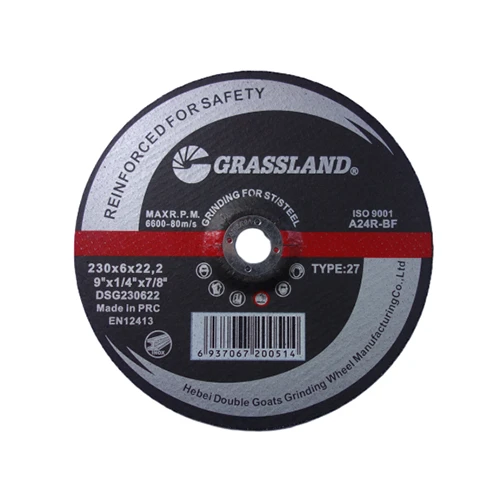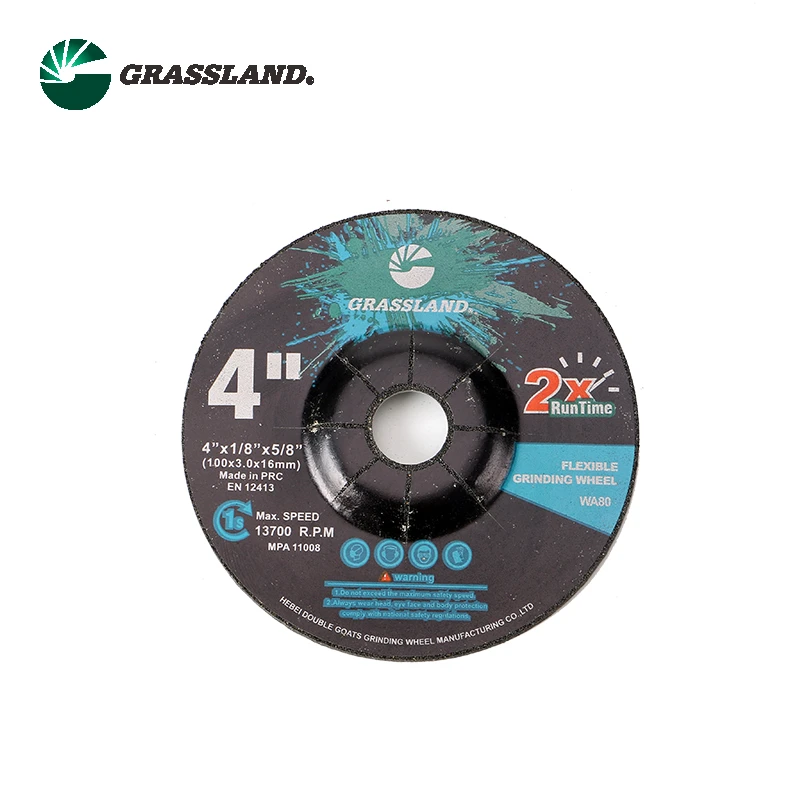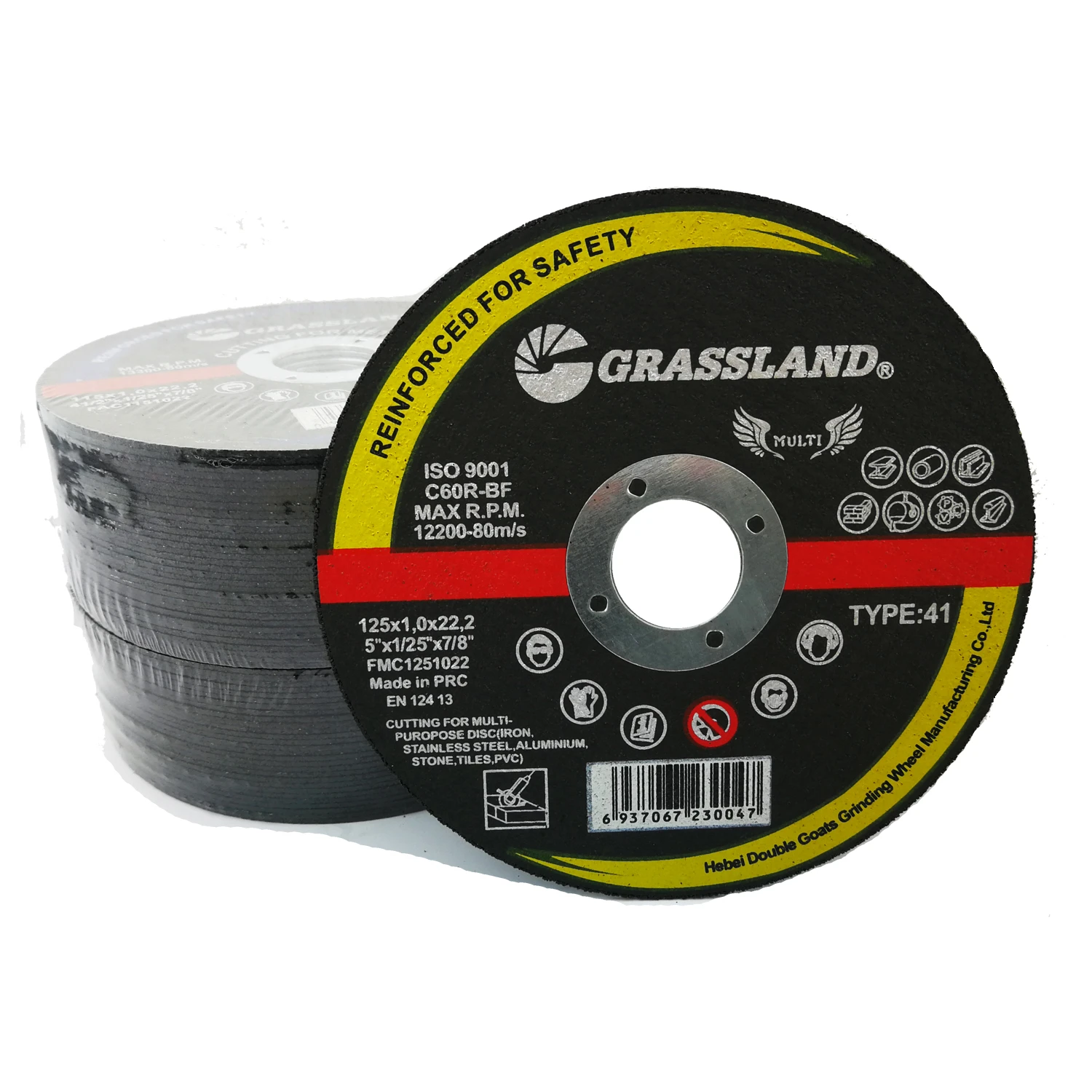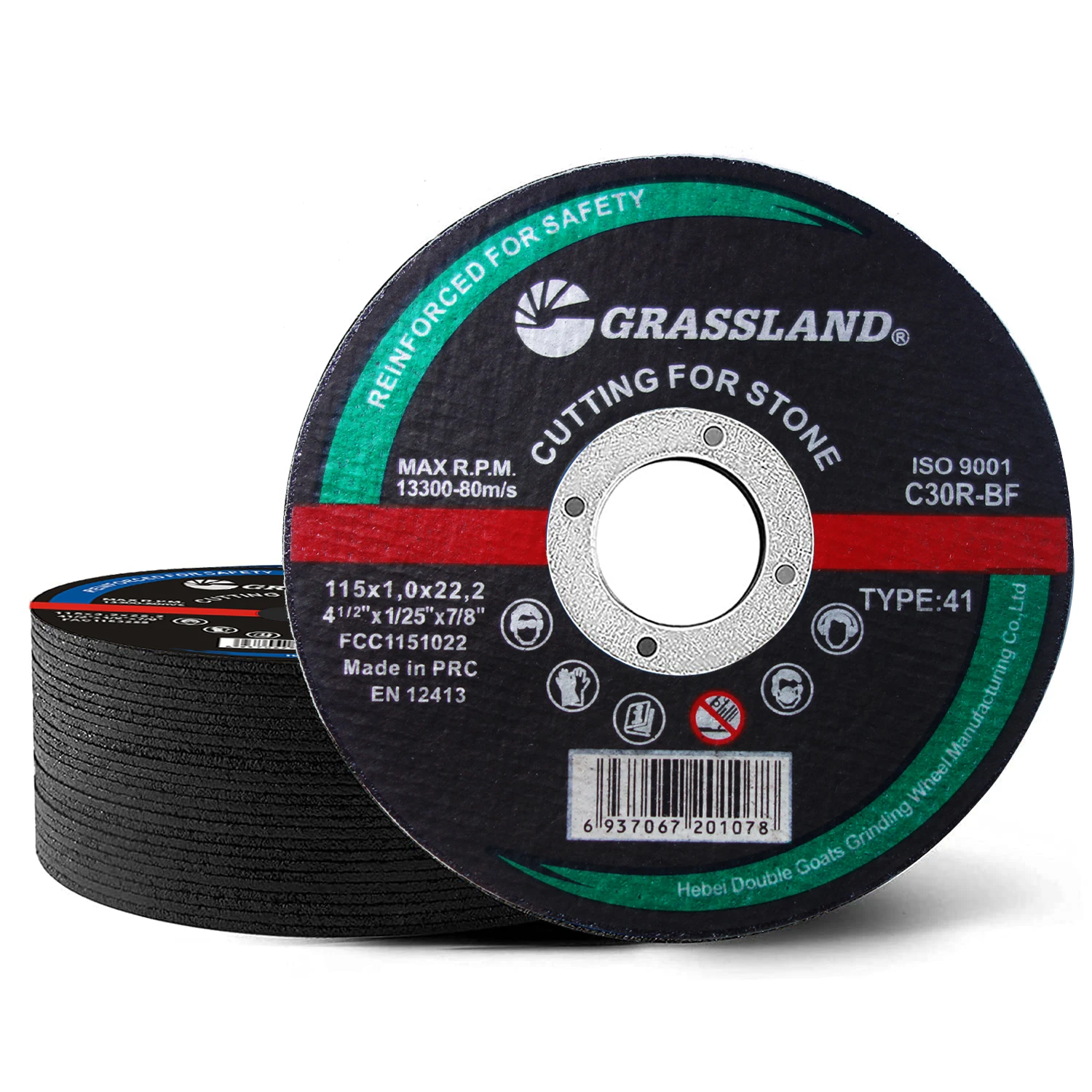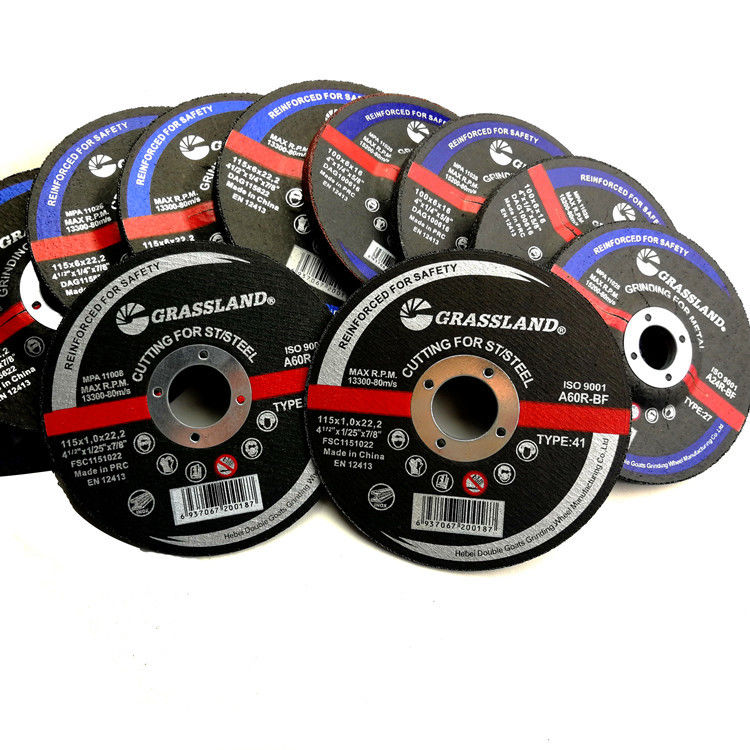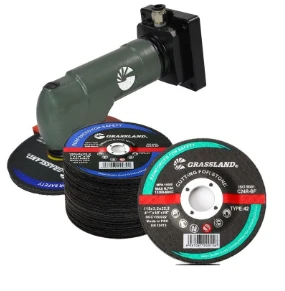
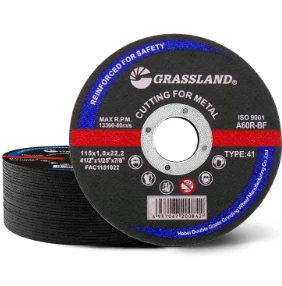
The material being cut also affects the choice of disc size. Thinner, softer metals like aluminum require less aggressive cutting than hard, thick materials like stainless steel. For softer metals, a smaller disc might suffice to achieve clean cuts without excessive material loss. Conversely, harder metals would benefit from larger discs that can sustain prolonged cutting without wearing down quickly. The material composition of the disc itself impacts the cutting process. Discs are typically made from abrasive materials like aluminum oxide or silicon carbide. Specialized discs are available for specific metals—such as non-ferrous metal cutting discs—to enhance cutting speed and extend tool life. Consider both the size and the material of the disc to maximize efficiency. When using any cutting disc, personal safety cannot be overstated. Protective gear, including safety goggles, gloves, and hearing protection, is necessary. Additionally, ensure the workplace is well-ventilated to avoid inhaling harmful dust particles. It's also imperative to regularly check the condition of your cutting discs for wear and replace them as needed to prevent breakage during operation. In summary, selecting the appropriate metal cutting disc size enhances both the quality of your work and your safety. Consider the specifics of your project, the metal type, and your cutting tool's compatibility. By aligning these factors, you ensure not only optimal performance but also extend the lifespan of your tools and maintain a safe working environment. Whether you're a seasoned professional or a hobbyist, understanding the nuances of disc sizes elevates your metalworking experience to new heights.
Post time:Feb - 03 - 2025







